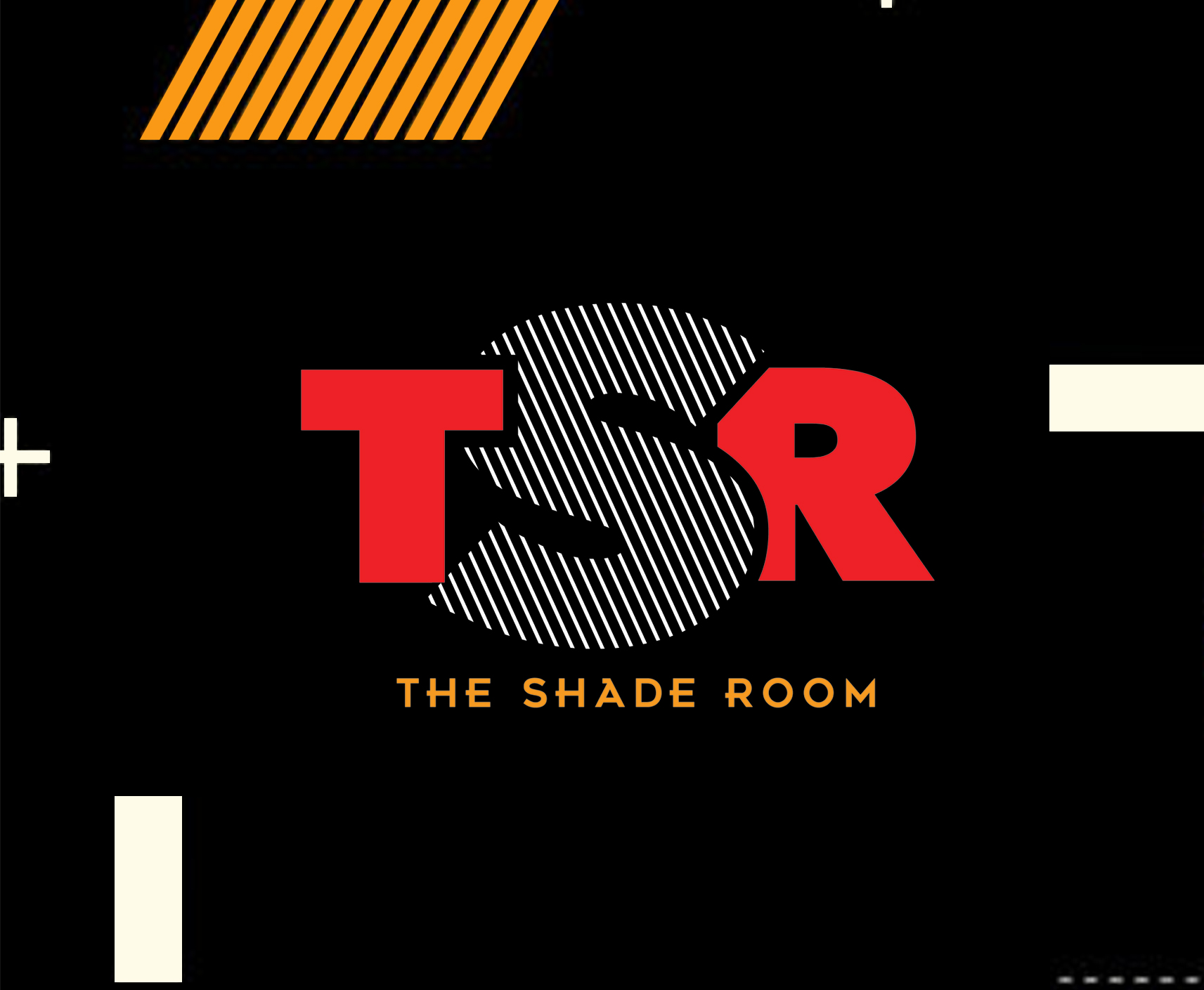
It doesn’t matter what section of the communications business you’re in, Google holds a day-to-day weight in creating, distributing, analyzing and monetizing digital content.
A Brief History of Google’s Ad Products:
Google’s core algorithm enabled it to index websites well, cornering an untouched market and setting the standard of how website owner’s should create information frameworks. However, like any business, they sought to develop other products to increase website owners’ affinity and connection to the Google brand. Born then were two larger products: Adwords — which allowed advertisers to not only buy ads based on key word on Google itself, but also now on relevant 3rd party websites that were enabled on Google’s new website network, Adsense.
Overtime, as digital advertising and marketing become sophisticated, there were more premium tools for marketers, publishers and advertising agencies to work with. Tools such as DoubleClick for Publishers allowed media companies or business who sold online advertising to combine a mix of Adsense or 3rd party network ads with their own directly sold inventory. Google’s Doubleclick for Publishers (or DFP) also allowed publishers an option to create “bids” or monetize programmatic media and direct advertising based on importance and price. In addition, a premium version of the original Adsense was created called DoubleClick Ad Exchange (AdX) which was developed to offer higher CPMs than Adsense. Similar versions were created on the marketing side to help business owners reach specific individuals on these monetized platforms.
It became a great whirlwind of products for media, marketers and agencies alike, but in 2017 they started making some changes to streamline their portfolios.
Here’s the difference of Google’s new ad suite and how you can use them for your business:
Google Marketing Platform
The Google Marketing Platform will combine various tasks including media planning, measuring and optimizing. In addition to DoubleClick and Google Analytics 360, Google Data Studio, Optimize 360, Surveys 360 and Tag Manager 360 will fall under Google Marketing Platform. The benefit: better integration across products and make it simpler for advertisers to execute media strategies.
Google Ads
Google AdWords is now Google Ads. “Over the years Google has grown beyond just search-offering products that include shopping ads, display, YouTube and more. Now being branded as Google Ads, this should make it simpler for advertisers to find solutions to fit their needs.
In addition to rebranding Google AdWords, Google now offers a more automated solution for smaller businesses. Their new product called “Smart Campaigns” gives companies with limited resources the opportunity to leverage machine learning and make it easier to run campaigns.” Thesearchage says.
Google Ad Manager
Finally, Google is bringing DFP and AdX together under Google Ad Manager. “Ad Manager gives you a single platform for delivering, measuring and optimizing ads wherever your audience is engaging—including connected TVs, Accelerated Mobile Pages (AMP), mobile games and other apps, and platforms like YouTube and Apple News,” Google says. This change will create new opportunities for advertisers to monetize new channels and keep up with the changing landscape.
Missing notably in the streamlining is Google’s core advertising product, Adsense, which is still available to eligible websites and remains a standalone property. This property is still serving ads from the exchange and Google Ads to its network’s sites, but at a smaller CPM.
The Benefits for Businesses
Google streamlining their products makes it easier for small and medium sized businesses to become more familiar with their products and reap the benefits of digital advertising. Still, their platforms may seem daunting and the integration of all platforms into a cohesive strategy and operations takes a smart team. If you’re looking to build or add to a smart team, StreamLined is here to help.



